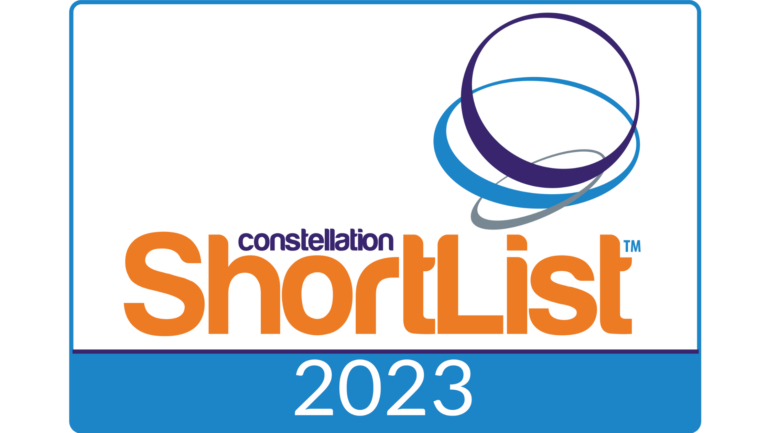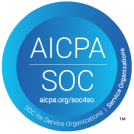Patients in the hospital are sick.
This may not be a surprising or new concept to anyone working in healthcare or receiving healthcare services, but with changing patient preferences and evolving technology, the typical hospital experience is also evolving. As regulatory and economic changes across the healthcare industry shift the site of care for services, the sickest of the sick are cared for within the four walls of the hospital – whereas minor ailments are treated in outpatient settings.
As care increasingly moves from inpatient to outpatient settings, patients are partnering with their post-acute and ambulatory providers to manage higher-acuity conditions. Whether patients are suffering from a stroke, heart attack, or coming in for planned surgery – each requiring different approaches to planning and education – providers have detailed, evidence-based care plans and guidance to support patients as they navigate the healthcare continuum.
Patients are living longer, leading to increased comorbidities and chronic diseases that add complexity to the process of coordinating and managing care. Coupled with decreased inpatient length of stays, today’s providers are challenged with educating patients on a large volume of information in the shorter window of time that patients are under their direct care. This challenge has become part of day-to-day life for nurse executives and hospital leaders, who are increasingly responsible for creating and sustaining both interoperability structures and support frameworks for empowering teams to partner with providers across care settings to deliver better patient care.
When I worked in case management, my patients were consistently surprised that discharge planning began as soon as they were admitted. I found myself frequently saying, “Things happen very quickly in the hospital,” and, “We just want to be prepared for when your doctor clears you to go home.”
During this process, nurse executives must develop a framework where the bedside nurse is able to ensure a safe transition home by educating patients with tactics for managing symptoms and comorbidities. Furthermore, they must empower front-line nurses with the tools to proactively educate patients and address social barriers, guiding them along the path to recovery.
Why Communication is Everyone’s Job
From personal experience, I can attest that balancing both the fast-paced environment of the inpatient setting and complex clinical conditions is extremely difficult. Providers are expected to know and understand the clinical trajectory and treatment plan of their patients at all times.
Healthcare can resemble a fast-paced tornado; clinicians rely on instinct in high-stress, life-or-death scenarios on a daily basis. Clear and structured communication is the only way to keep Dorothy in Kansas and avoid the house from falling on the Wicked Witch of the West. In the hospital, there are protocols for care delivery and information sharing, which help to keep patients safe and allow clinicians to continue saving lives rapidly and efficiently. Just as the eye of a tornado is calm, the patient’s plan of care may appear organized and straightforward within the controlled setting of a hospital.
Once a patient leaves the hospital, there is rarely a clear path for communication, updates, and information sharing. Patients frequently follow up with multiple providers – each may be associated with a different hospital or health system. From the patient’s perspective, they are seeing one doctor for hypertension, another for diabetes, and another for post-surgical care. Although this seems logical from a consumer standpoint, it really is much more complex because healthcare issues are related and compound one another. It is the care team’s responsibility to educate and activate patients so that they understand their overall health and thus, plan of care, are connected and interdependent.
As each provider focuses on their area of clinical specialty, they must remain cognizant of the overall disease trajectory for the patient. Aside from the obvious clinical significance, providers must also recognize that another clinician on the care team may physically see the patient before their next scheduled visit – providing the opportunity to compare their assessment with others’ findings and communicate any subtle changes across the care team. This is crucial in proactively identifying the progression of signs and symptoms before adverse events occur, preventing further clinical deterioration or hospital readmission.
Why Cross-Continuum Communication is Challenging
Providers often have little insight into what occurs when the patient is discharged home. Even in the best scenario with the most supportive and caring families, this can resemble a game of telephone. There are often communication breakdowns between each provider visit and/or clinical interaction; this challenge is compounded by the number of providers and conditions being treated.
When patients are admitted to the hospital, it is often the nurse who must aggregate this information and help develop a safe care plan for the patient moving forward. The provider needs to manage both severe clinical deterioration along with significant socioeconomic barriers to care. For example, a patient may understand what needs to be done to remain healthy, but simply not have access to the resources or the means to support this plan.
After a patient leaves the hospital, there must be a longitudinal care plan in place to collect and share information amongst their provides. This can occur through manual care coordination or leveraging technology to obtain this data. It is imperative for nurse executives to create this infrastructure for their teams to support chronically ill patients as they transition to the community.
How Nurse Leaders Can Establish and Sustain Communication Channels
Nurse executives already lead their organizations in building and aligning integrated nursing enterprises that promote interdisciplinary collaboration. They are the trailblazers in breaking down traditional care silos, working tirelessly to improve communication within their facility through processes such as bedside shift report, warm handoffs for intra-unit transfers, and ensuring clear and concise discharge education. They must expand these communication processes and best practices to their partner organizations in the community. When a patient is discharged to the care of a post-acute provider, such as home health or SNF, the bedside nurse must have the ability to communicate to the accepting team in the same fashion as if the patient were transferring from the ICU to a medical unit within the facility.
Because each care setting tends to utilize different EMRs and documentation tools, nurse leaders must advocate for enhanced interoperability between these systems. Each care team must have access to critical information on the patient’s medical history, care received in other settings and from other providers. This will reduce traditional gaps in care, empowering patients to better manage their health to prevent adverse events. Furthermore, healthcare organizations can demonstrate economic gains through reductions in duplicative testing that lead to increased productivity. As such, improved communication and interoperability provide better patient experiences.
Communication and transparency into the patient’s treatment plan can greatly reduce adverse events like ED visits and hospital readmissions. While CMS and other regulatory bodies are closely monitoring ED returns and readmissions, it is important to remember the true reason behind tracking these metrics – improving the quality of care and patient experience. Clear and concise communication is imperative to keeping complex patients safe and optimizing their quality of life in the community.
We are all united by our mission of delivering the best patient experience and quality of care to our patients. As patient journeys become increasingly complex, nurse executives will lead their organizations in ensuring effective care management of complex populations. This will begin at the point of care and require communication structures that extend far beyond the four walls of their facility. Better communication with post-acute and ambulatory care partners will accelerate the journey towards more holistic and patient-centered care.








